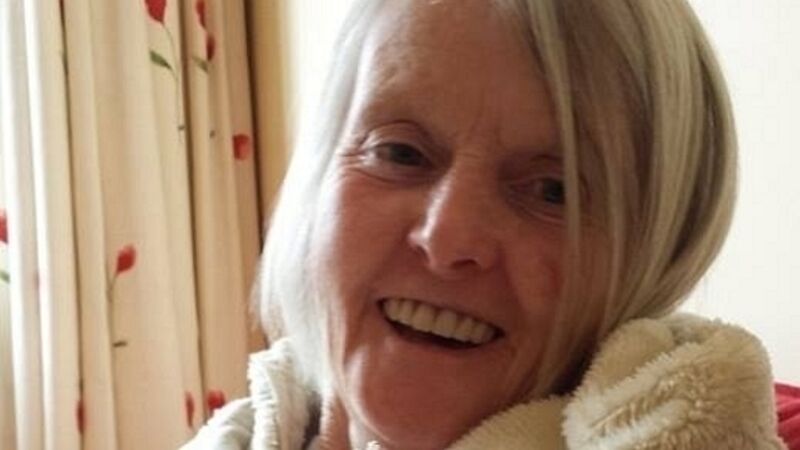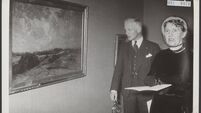Miracles of modern science have robbed us of the dignified death

Some of them show adults dying in their beds, neat and pale, surrounded by loving family members stilled in prayer. One or two show children, one of the most illustrative a picture of a child of perhaps four on a bed made by jamming two chairs together, the unconscious child’s doctor looking regretful but resigned in a room lit by a lantern.
Those were the days when the inevitability of death from a slowly advancing disease such as cancer was acknowledged when the family doctor, following an examination of the patient, sighed heavily, put an arm around their shoulders and told them it was time to settle their affairs. Having done so, the patient could be reasonably sure that when their death approached, were it to be accompanied by a growing level of pain, the doctor would administer morphine with a generous hand, easing the embrace of death.















